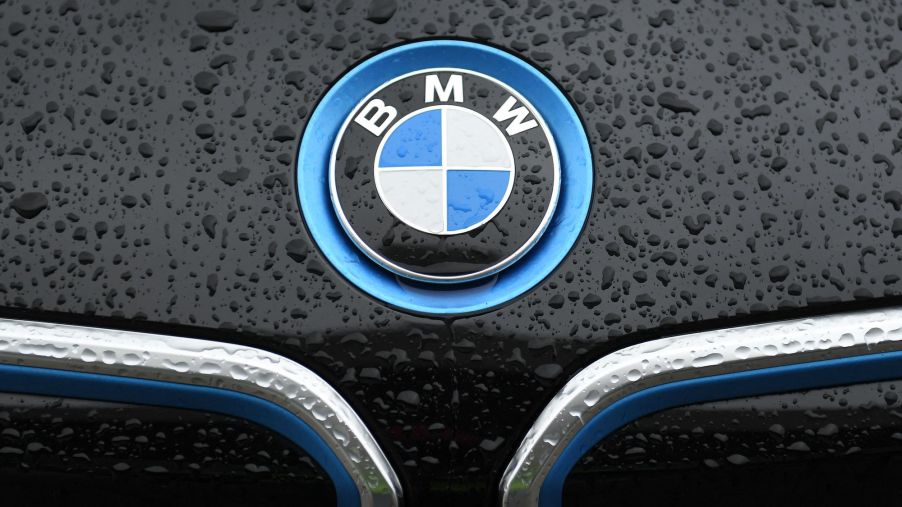
At What Mileage Do BMWs Start Having Problems?
Car loans average around five years. Most lenders expect today’s vehicles to last that long before experiencing major problems. Of course, there are variations. But Americans are keeping their cars much longer than in years past, in part because those vehicles last longer. But what about BMW models?
Known for their performance-meets-luxury personality, BMW vehicles usually offer higher quality, better performance, and heftier price tags than mainstream cars. But do these vehicles also last longer? We researched reported owner problems at various mileage marks. And fans might be surprised at what we found.
Reliability averages for BMW vehicles
Most consumers expect BMW to boast better-than-average reliability. And in some automotive circles, they would be right. However, when it comes to evaluating repairs, component replacements, and maintenance, RepairPal paints a different picture. Earning only 2.5 out of 5 stars and coming in 30th of 32 contenders, BMW vehicles aren’t as reliable as you might think.
Are BMW models more expensive to keep on the road?
These RepairPal rankings are based on average repair costs of $968, along with average visits to a repair shop. Most other model vehicles average $652 in out-of-pocket repair expenses. And of those predicted garage visits, there is a 15 percent probability that any BMW fixes end up being for severe problems. It suggests that BMW models are not only pricier to buy but also costlier to keep on the road.
Mileage marks where problems occur most
Cash Cars Buyer reported BMW owner sentiments discussing at which mileage BMW models begin having problems. Some vehicle owners challenge the poor reliability idea, including one whose model continues to perform well beyond the 200,000-mile mark. Another comment, regarding a 1988 735i, mentioned utter confidence the BMW would live beyond the 300,000-mile mark.
However, a few other owners shared instances of repairs and inconvenience at much earlier mileage. A 2008 328i owner paid $2,300 to replace two coil packs, spark plugs, the water pump, and a valve cover gasket with only 76,000 miles on the car.
Other examples include problems with the coolant system between 80,000 and 120,000 miles. And there are concerns about leaking filter gaskets, electric window failures, and abnormal wear on the door handles well before the BMW models reach 100,000 miles.
How BMW models compare with others
U.S. News shared 2017 data indicating BMW models averaged 139 problems per 100 vehicles. Mercedes-Benz averaged a similar but slightly lower 131 issues per 100 models.
The general belief is that most vehicles from other automakers won’t experience problems beyond normal wear-and-tear before 100,000 miles. Many warranties cover the first 100,000 miles for that reason. Minor mechanical concerns can present as early as 20,000 miles, but regular maintenance can usually remedy that.
Quora conversations show consumer experiences vary. And significant problems point to contributors such as road conditions, driving style, and routine maintenance. For example, clutches can last well beyond 100,000 miles unless the driver is hard on shifting or routinely grinding in harder than normal.
The takeaway? Cars with higher sticker prices don’t equate to better reliability. Though some BMW models continue to cruise beyond the average road life, most BMW owners begin experiencing problems sooner than later. And those repairs usually cost more, too.


